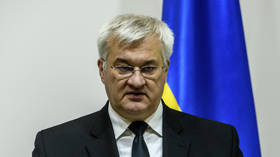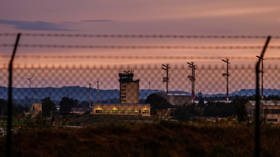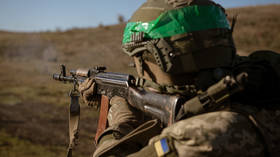Russia remembers: 67 years on from the Leningrad siege
It’s 67 years since the beginning of one of the longest and deadliest sieges in modern history, when Nazi forces surrounded Leningrad – today’s St Petersburg.
In September 1941, the Germans expected a quick surrender, but the siege lasted for more than two years – 900 days and nights.
The city was almost completely cut-off from the rest of the country. The only way for supplies to reach the population was through a narrow and dangerous road over the frozen Lake Ladoga (the “Road of Life”). But because of shortages, some 700,000 civilians died, most of them of starvation and disease. Only three per cent of the dead in the Leningrad blockade died as a result of military actions.
When the siege began, St Petersburg had only a minimal amount of food and fuel. According to official records, the estimated amount of foodstuffs in the city's reserves was enough for 35 days. So, from November 20 1941 a strict rationing system operated in Leningrad, the standard ration being 250 grams of bread daily. Numerous memoirs of the period point out the terrifying presence of death on the city's streets.
Elena Skryabina – a survivor of the siege who later immigrated to the US – writes in her diary, which was later published: “When you walk out of your house in the morning, you bump into dead bodies. They are everywhere: on the streets, in the courtyards. The bodies lie for a long time. There is nobody to pick them up.”
Throughout the years of the blockade, the “Road of Life” over the ice on Lake Lagoda remained the only hope of rescue. Driving on the road was exceedingly dangerous: ice on the lake was often brittle and it was susceptible to enemy bombing. Despite this, more 360,000 tonnes of supplies were transported over the road during the years of the blockade.
Soviet troops eventually broke the siege in 1943. The Red Army managed to reclaim 12 kilometers of enemy territory around Lake Lagoda and enter the city. Leningrad was only fully liberated a year later, but by that time most of the surviving non-combat population had been transported to safer areas.
The anniversary of the liberation has been commemorated in ceremonies around St. Petersburg with words of thanks to the defenders of the city. Flowers have been laid on communal graves and a minute’s silence observed. In many schools around Russia, lessons began by remembering the Leningrad blockade.












